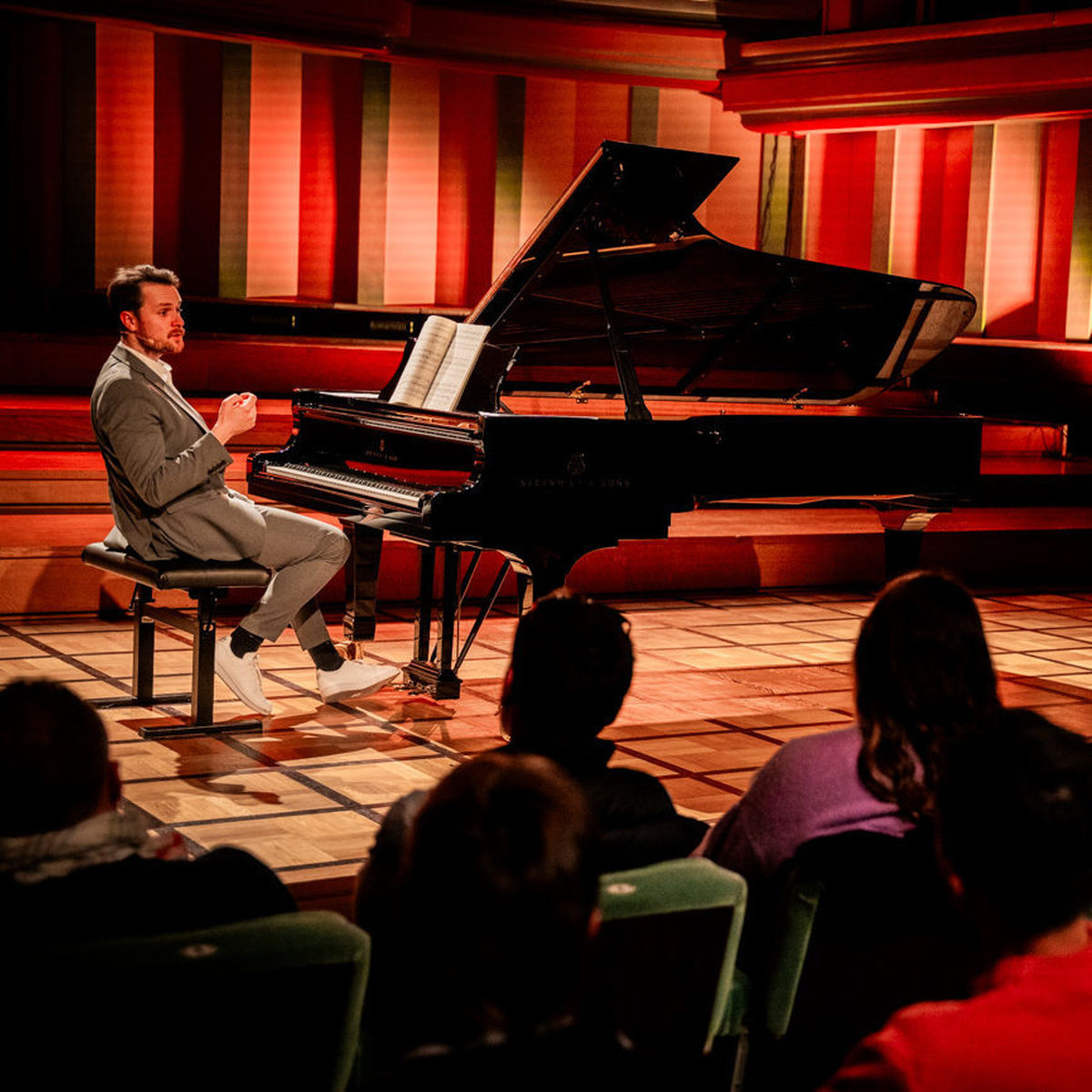An ode to friendship
The Enigma Variations, one of the British composer Edward Elgar’s best-known works, came to be almost by chance. After a long day of teaching in October 1898, Elgar sat down and began to improvise at the piano. When his wife Alice asked him what he was playing, Elgar answered: ‘Nothing, but something might be made of it.’ Building further on the theme that his wife found so beautiful, he composed fourteen variations.
‘This work, commenced in a spirit of humour and continued in deep seriousness’, as Elgar described the work that would mark his breakthrough as a composer. He initially titled it Variations on an Original Theme, but later changed the name to Enigma Variations and dedicated it to his ‘friends pictured within’. But as the term ‘enigma’ implies, the variations do not constitute explicit portraits of those friends or loved ones. It involves subtle references to a specific character trait or sometimes to an event that he had experienced with a given person. Moreover, Elgar gave each variation a nickname that he alone knew, of with initials – as ‘CAE’ in the first variation, referring to his wife Caroline Alice Elgar. The most renowned variation is undoubtedly the ninth, titled Nimrod for the Old Testament hunter. Elgar dedicated this movement to the German music critic and publisher August Jäger [which means hunter in German], who played an important role in his career. This variation contains a quotation from Beethoven’s eighth piano sonata, a composer whom Jäger always held out as an example when Elgar was in a slump.’
Elgar’s codes behind the series of portraits of friends were quickly cracked by the outside world. But the greatest riddle in this composition has never been solved even more than a hundred years later, despite countless musicological investigations and speculation. That was, of course, Elgar’s intention.





